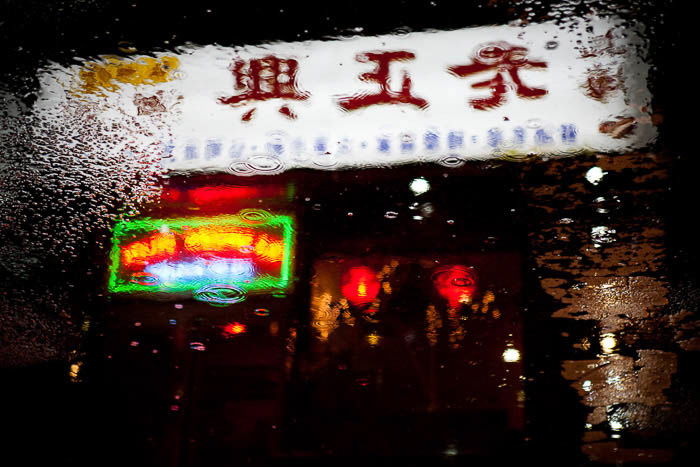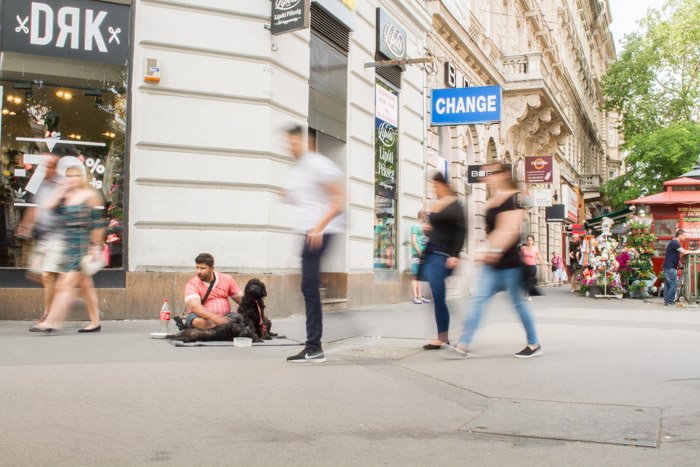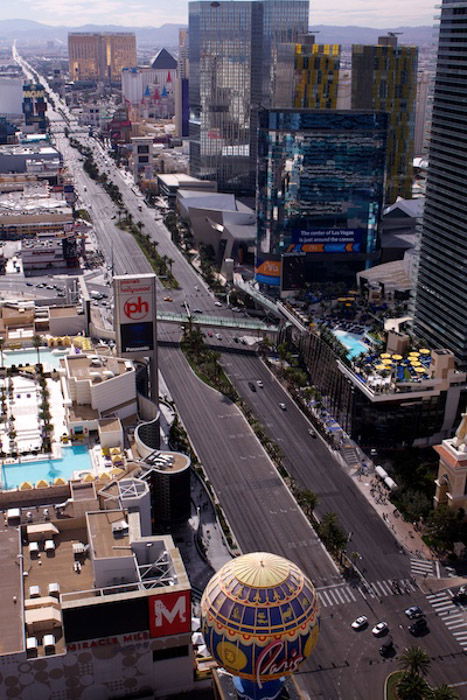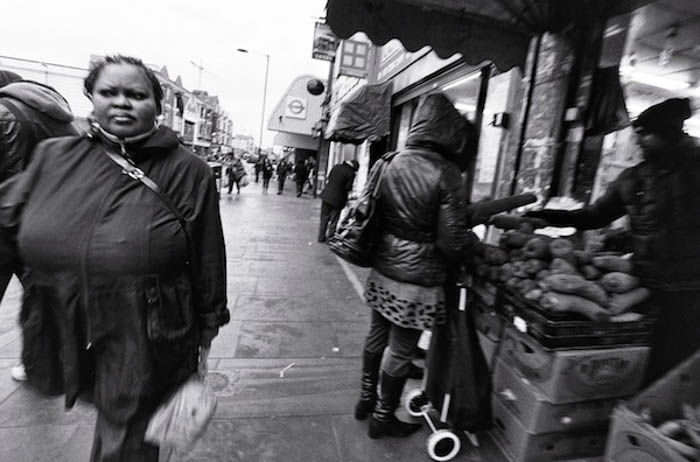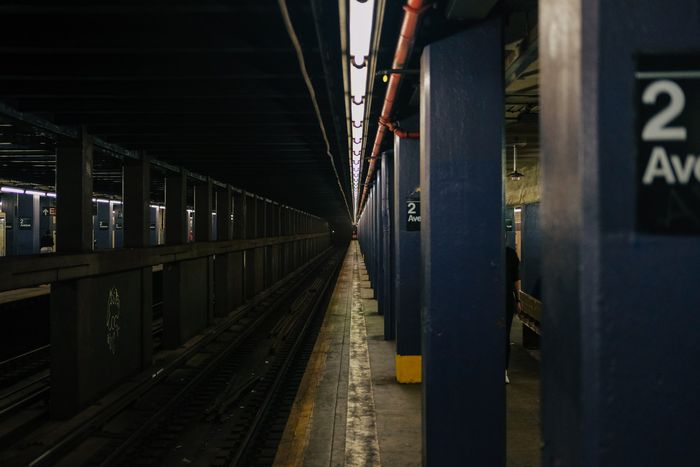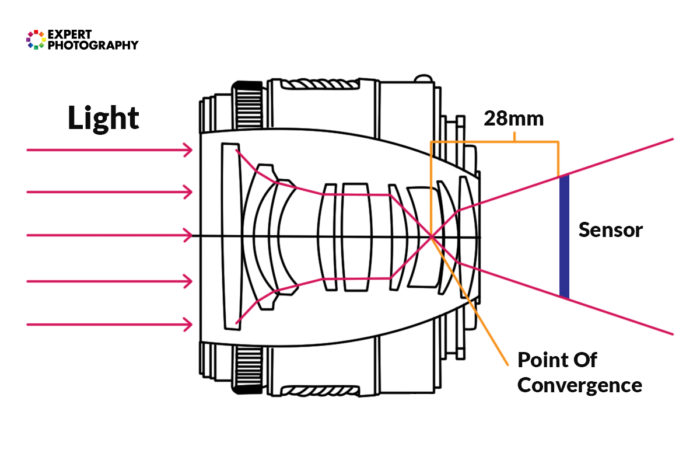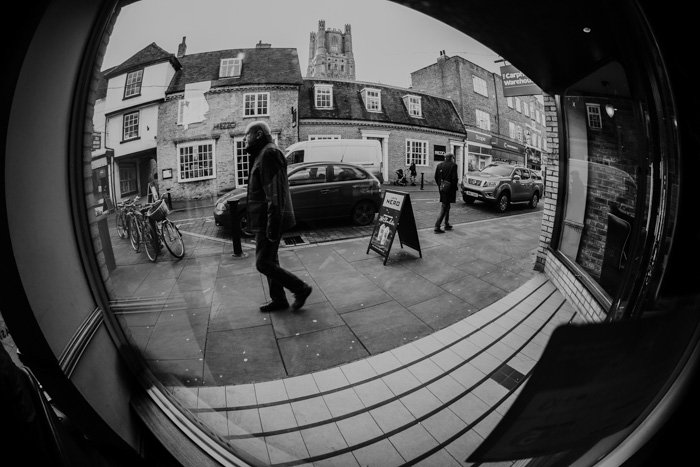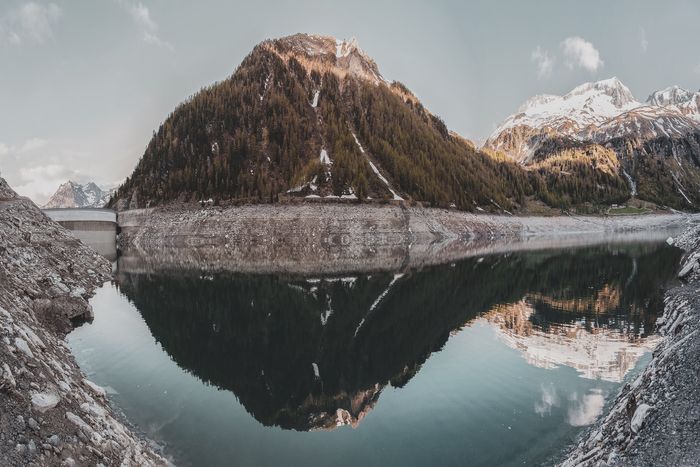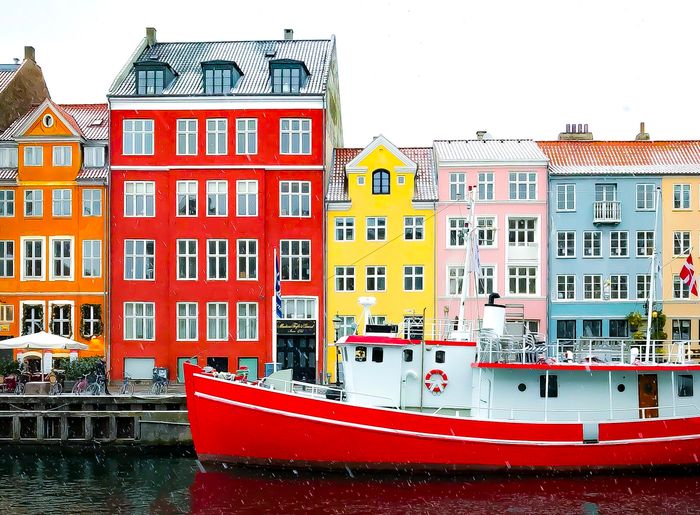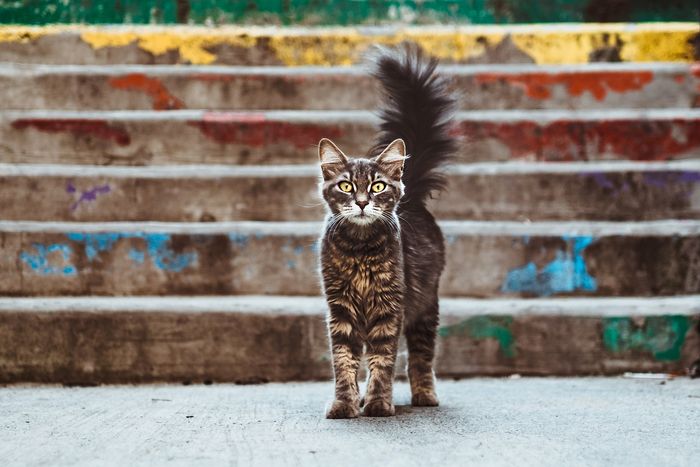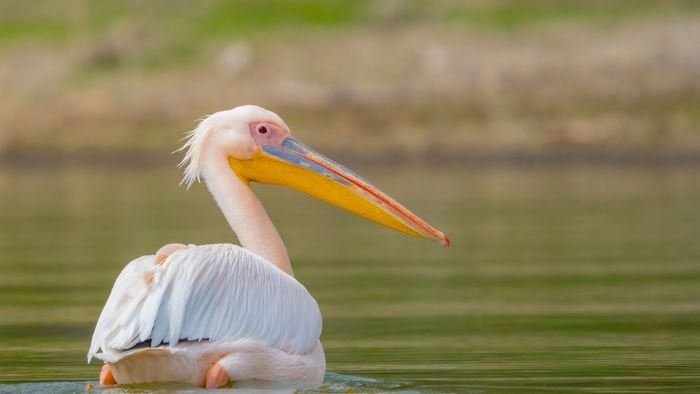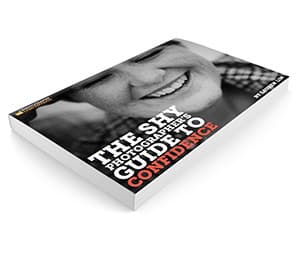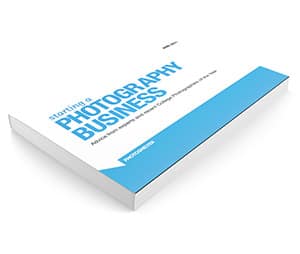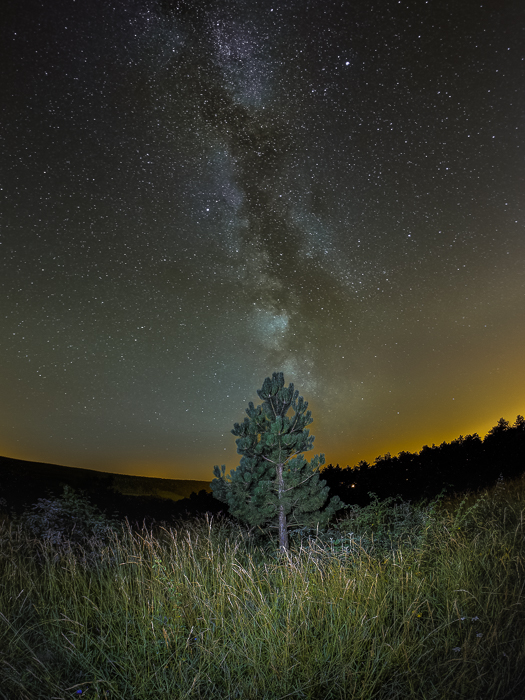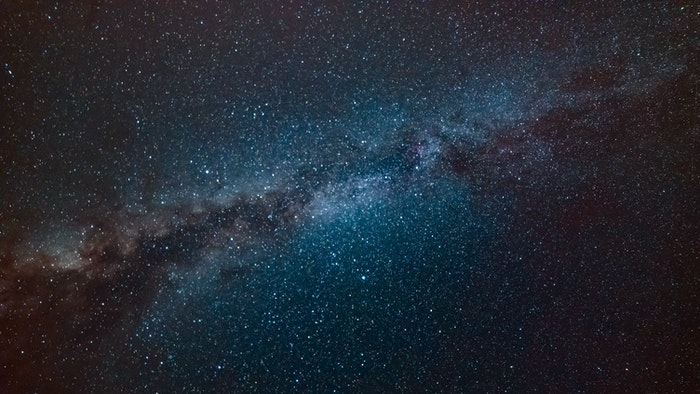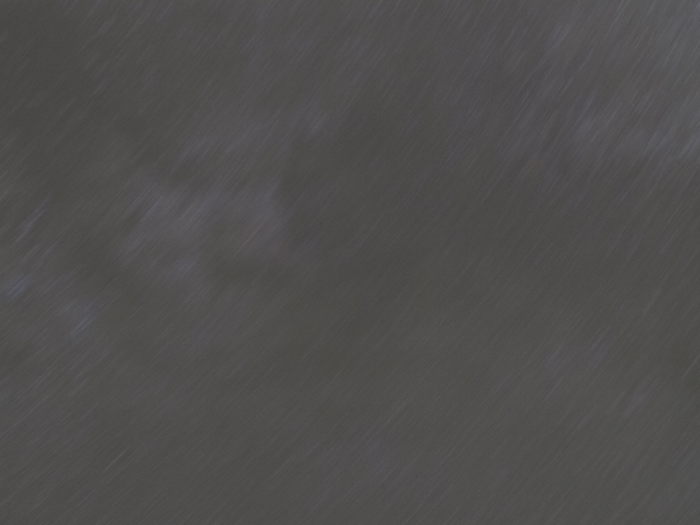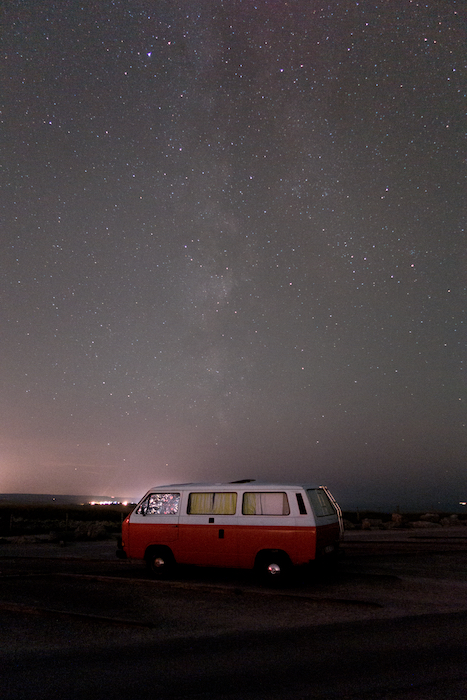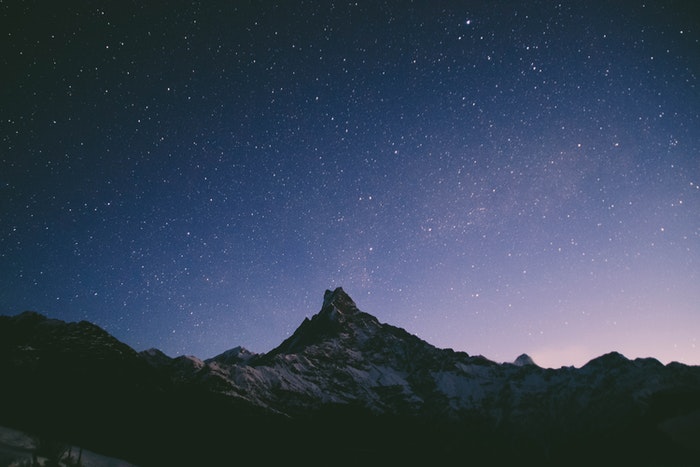The Ultimate Guide to Street Photography
Street photography is a diversified and very exciting photography genre. It’s hard to master it because you need to be talented in many photography fields.
We have created with this guide that includes everything you ever need to know to become successful in street photography.
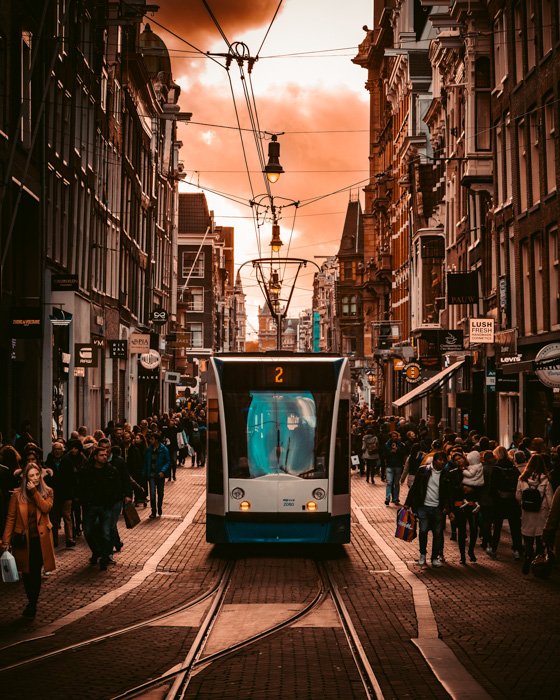
What is Street Photography?
It’s a difficult question to answer because this photographic field is all-encompassing. It can involve architecture, landscape, portraiture, black and white, long-exposure and even macro.
To many photographers, street photography is everything. Fashion, documentary, and at the most basic, real. Street photography aims to capture people in public places, warts and all.
Urban photography connects to street photography. But not any photograph taken on, off or from the street counts as urban photography.
Landscapes are not street photographs and neither are studio portraits, for example.
Urban photography takes into account specific compositional guidelines. The speed of capturing images and also different camera equipment separate photographic fields.
Street or urban photography covers a very wide range of styles and subjects. It does so while embodying its own techniques.
No other area of photography is so diversified. The public space is an ever-changing environment, and it needs a wide range of themes to capture it.
Only in street photographs would you want shot-from-the-hip. Or even blurry, out of focus, images. They still work in telling a visual story.
It’s also one photography area where you need to be aware of many things. Read as much as you possibly can about the law.
Understanding what you can and can’t photograph is essential. Especially as there are strict ethical codes and unwritten laws to follow.

Camera Equipment
How to Choose the Best Camera for Street Photography
Like urban photography itself, the camera choices for it are very diverse. The possibilities come down to what you are going to photograph, your budget and your own style.
Focusing on people, capturing them fast and candidly requires one type of camera. Photographing empty spaces, another.
This article goes through eight of the best cameras to use for street photography. It looks at rangefinders, digital cameras and mirrorless options.
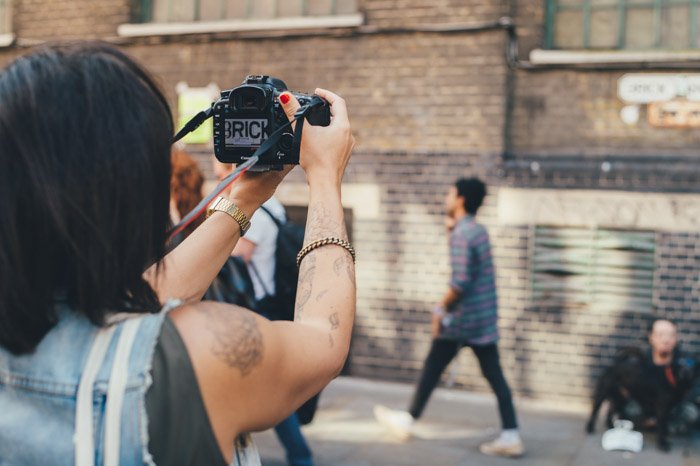
The Best Lens for Street Photography
Lenses, like camera options, come down to what you want to photograph.
Are you aiming to get into people’s faces like Bruce Gilden, who uses a 28 mm lens? Or are you going for something that keeps you a little more hidden, like a telephoto lens?
Either way, lenses are the tool that defines your relationship with the subject. They also offer you emphasized the depth of fields.
This article helps you understand what lenses are available. Knowing the benefits of each is very useful.
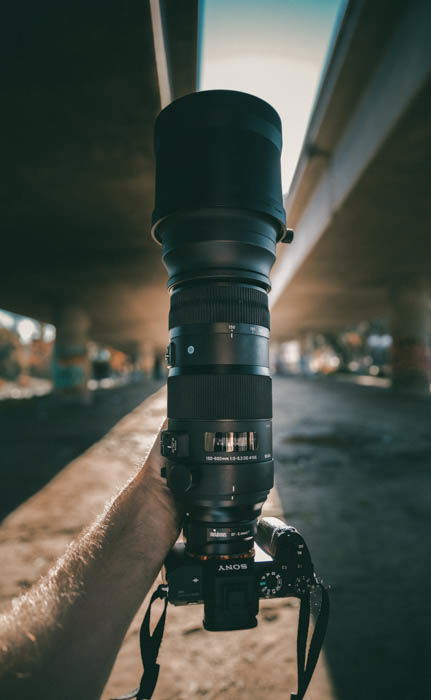
35 mm or 50 mm Prime Lens or Both?
If you are trying to decide between the 35mm lens and the ‘nifty fifty’ 50 mm lens, why not have both?
These are both prime lenses. This means zooming isn’t possible, as they have a fixed focal length. Yet attaining a greater depth of field is possible.
They both offer different results. The 35mm will capture more of the scene. Whereas the 50 mm has no distortion, unlike the former lens option.
This article goes through the positive and negative points surrounding both lenses. It will help you choose the right one (or both).
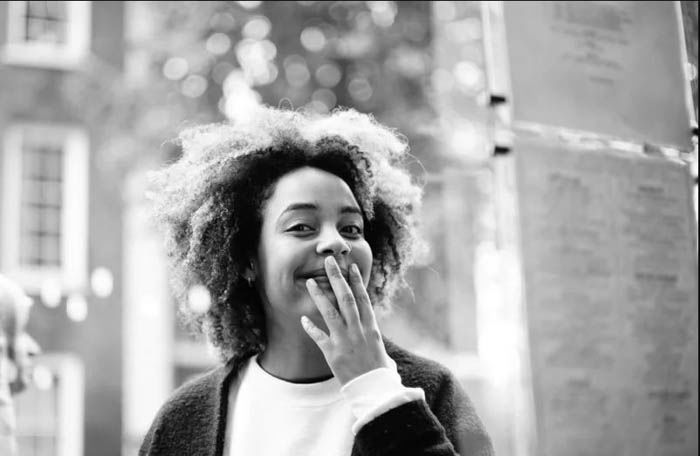
How to Shoot Street Photography in Any Light: From Rainy Days to Bright Sunshine
One of the great things about being a street photographer is that it’s not time-dependent. If you miss that perfect, morning light, you can still shoot.
Whether harsh or muted, reflected or fired from a flash, there is no bad light in street photography.
Shards of light, falling through buildings in a metropolitan city like New York. Light bouncing off windows and creating a dappled look on the pavement in Paris. These are only a few of my favourite possibilities.
Have a look through this guide for inspiration. Take advantage of all of those different light sources.
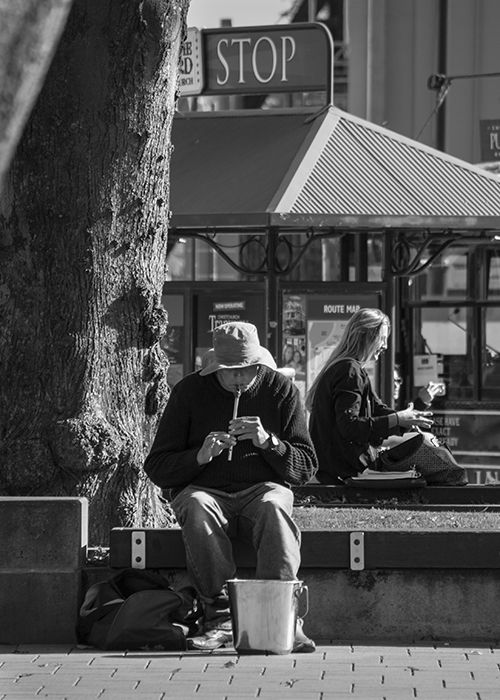
9 Essential Smartphone Street Photography Tips
The number one rule of street photography is: always have a camera on you. The usual DSLR, point-and-shoot or mirrorless systems are possible. So is your smartphone.
Nowadays, smartphones have the capacity to photograph using a large pixel size. This means good quality and instantly sharable too!
There are also tons of downloadable apps that can help you adjust the settings. Some even replicate old film styles.
Mobile shooting is its own niche within the expansive world of photography. This article gives you the low-down on how to use your device to capture great images.
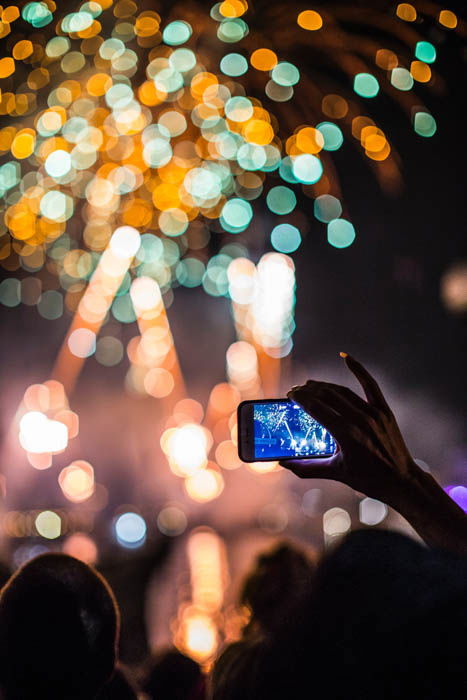
Using Film for Street Photography
There are benefits to photographing digitally (immediate images) over using film (subject selectivity).
Digital photography allows you to make sure you have the photographs. This is before you move on to your next location. There could be 10 shots or 1000.
Film, compared to digital, is slow, costly, time-consuming and problematic. But it still has a huge following in the photography world.
Read here to get the best out of your photographic film.
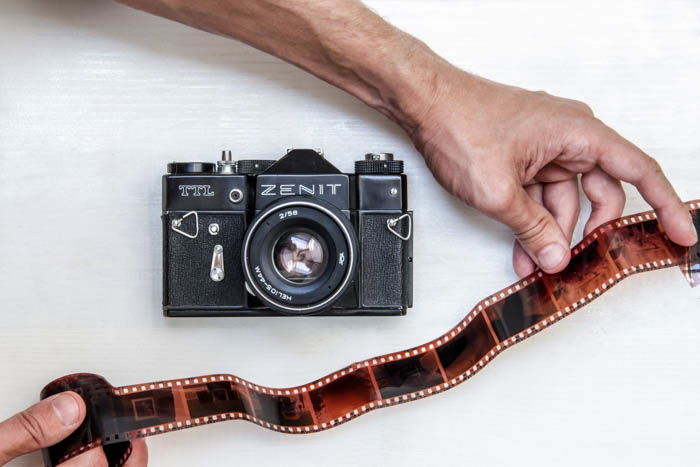
Important Accessories for Street Photography
The camera and lens are important to get the most out of your images. There are other few things you will enjoy having, out in the street.
A good, ergonomic bag (your back says thanks) is a must. An umbrella is necessary for those moments of harsh weather.
A lightweight, mini-tripod could also be an advantage for long exposures.
Read here for a few other suggestions to help you get the most out of your time on the street.
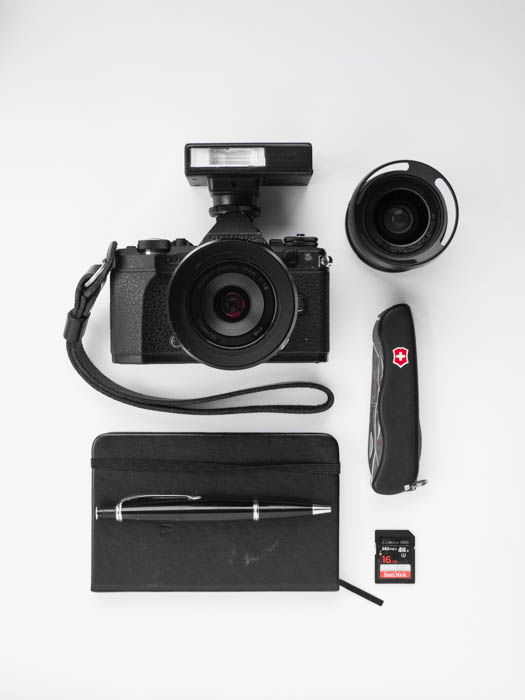
Best Bag for Street Photography
Because you are taking your camera everywhere with you (rule no.1), you will need to put it somewhere. Especially when you aren’t using it.
A bag is also very important to keep your camera safe. Both from the weather and theft.
It is the storage unit for all your camera gear and accessories. Best to have them all neatly compartmentalized in one area.
Pockets or separators within bags are very helpful. They keep your equipment from getting damaged and knocked about.
Some will even have space for laptops and reading material. On top of these, all those little things you have no idea what to do with (tripod heads, cables, etc.) also need space.
What this article recommends is to use a bag that is spacious yet compact.
Read more to find out why and other tips for choosing the best camera bag for street photography.
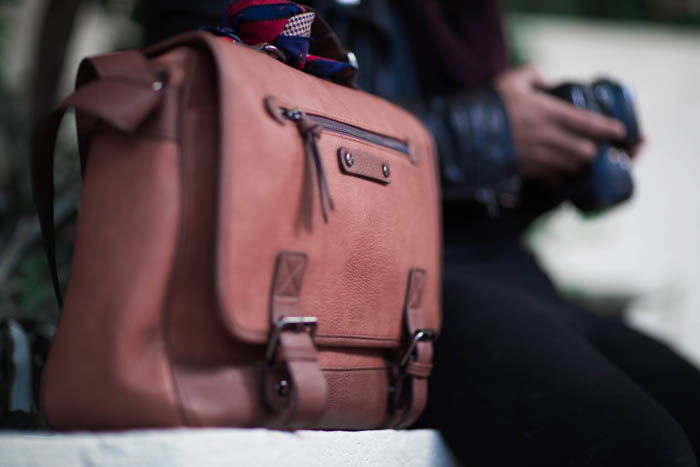
Camera Settings for Street Photography
Colour or Black and White: Which Is Better for Street Photography?
One question you might need to ask yourself is “Am I going to photograph in color or monochrome?”
Black and white images have very definitive qualities. You’ll find ones that you won’t find with color photography. And vice-versa.
They might focus more on contrast. Or the varying degrees of detail in the mid-tone greys. These fall between the blackest and whitest areas of your scene.
Some photographers shoot in black and white and revert back to color during post-processing. Others do the exact opposite.
If you are using digital (and Raw) this decision can be changed at a later stage. But film photography doesn’t offer the same freedom. Unless you digitalize the negatives.
Have a run through this article to see where color might be a better choice over black and white.

What Are the Best Camera Settings for Street Photography
There are settings you can apply to your camera and lens before you start shooting. They will allow you to work faster and more efficiently.
One great tip that this article recommends is to use pre-focusing. It is better and faster than the auto-focusing.
The basic idea is similar to playing space invaders. Shoot where they are going, not where they are.
This means that you are anticipating the subject, not trying to catch them up. Read here for more camera settings for street photography.

How to Shoot Powerful Street Photographs
What Is Street Photography?
This great article runs through the (lack of) definition of what street photography is. To which there is no one answer.
Street photography encompasses many other photographic themes. These could be portraiture and landscape photography.
They don’t even necessarily have to be taken on, from or of an actual street.
It’s all about human essence. To be a good photographer of the street, you need to show this in all its glorious forms.
You may feel overwhelmed to see the world play out on this stage in front of you. Especially at the beginning.
It could take some time and practice to gain a selective vision of what you want. There are so many available possibilities.
This article will help you get a better understanding of street photography. Hopefully, it makes it a little less daunting.
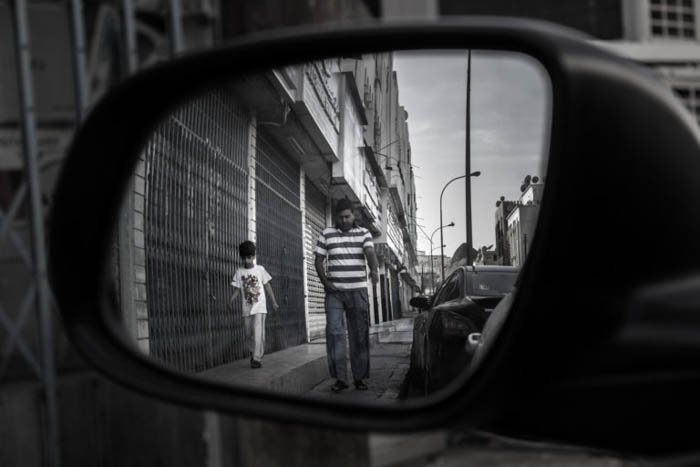
Getting Started With Urban Photography
Getting started can be the most difficult task in street photography.
You have your equipment and accessories packed away in your bag, and you are ready to hit the road. What next?
This article comes from a weathered street photographer. It helps to give you a comprehensive look at all aspects of urban/street photography.
Going from a brief history, to what equipment she uses. They help her capture the amazing images she does.
She also goes through tips on how to start and areas you should focus on. Get out there and have fun!
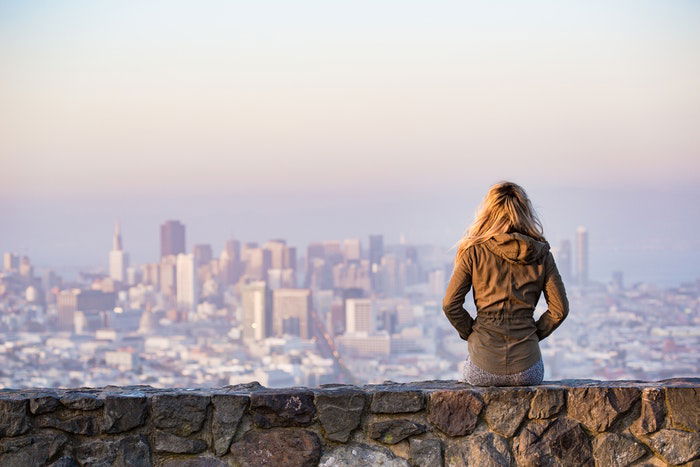
7 Tips Every Street Photographer Should Know
Whether you are shooting from the hip or going for a more set-up shot, life on the street is fast. You will need a high shutter speed to capture all this.
Something else that might help you get the images you want is not to move too much.
If you spend a decent amount of time in one place, you might find that the action comes to you.
This is very helpful, especially if your location has a high-interest value. These could be leading lines or natural frames.
These are only a few of seven great tips to help you progress with your street photography. You’ll be on the way to create images you are happy with.
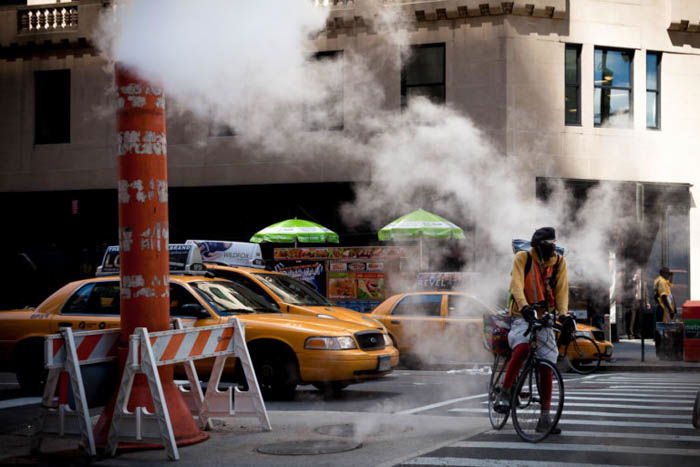
Street Photography Ethics
There are ethics in most areas of photography, typically when photographing people.
This could be travel, documentary or fashion photography. Street photography is no different. You might be photographing people in the public domain.
Empathy and respect should be the watchwords of photographing people on the street. You are putting yourself in their sphere of influence and into their everyday life.
Some people will not want their picture taken. They might ask for you to delete your images. Others may even become confrontational.
Be aware of your surroundings. Take time to look around and getting a feel of a person before you photograph them.
Put yourself in their shoes. This is the best piece of advice from this article on street photography ethics.
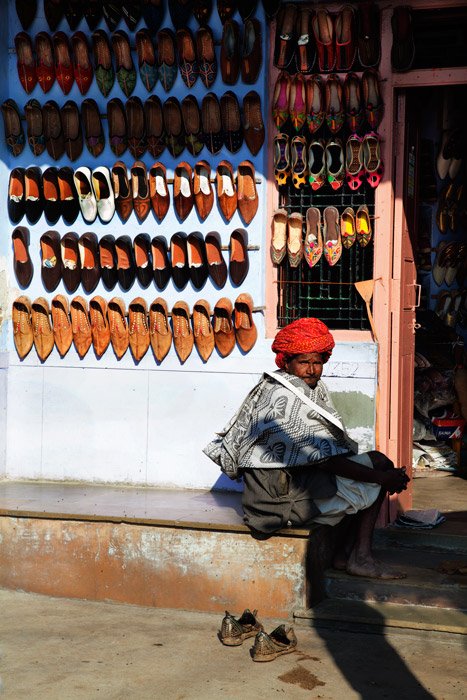
Street Photography Types: From Bruce Gilden to Doisneau
Photographing the street covers many themes. There are many styles to go about doing so.
If you wanted to follow in the footsteps of Doisneau, then you would be part of an unobtrusive style.
The opposite would be following the style of Bruce Gilden. Getting into people’s faces would be very obtrusive.
Are you looking for more of a documentary project of life on the streets, or something more fine art related?
The former focuses on speed and realism. The latter would need time finding locations and setting up shots.
In this article, the writer goes through many different possible styles. With this, you can narrow down what kind of street photographer you aspire to be while giving you tips and ideas.
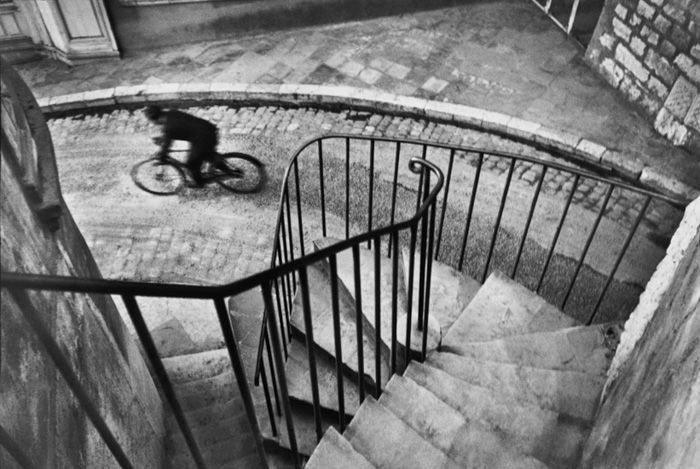
Street Photography: How to Take Pictures of Strangers
We have already covered the ethics of photographing people. But how do you do it? You might be a little timid at the beginning and stick to shooting from afar with a telephoto lens.
It takes guts and nerves of steel to close that gap when photographing people. And that’s okay. Take it slow and build up the courage. Rome wasn’t built in a day.
Once you do get close enough, you might even realise that most people either turn away or play up to the camera. This stops all ideas of candid street photography fast.
This article has great tips on photographing people. Either asking and setting up portraits or adopting a more stealthy approach.
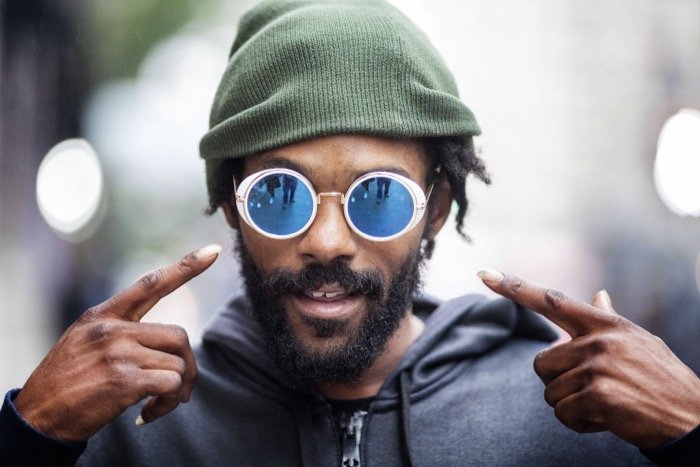
15 Tips for Night Street Photography | Stunning Low Light Photos
One of the best things about being a street photographer is that after sundown, you have a new landscape to photograph.
The locations you have spent all day photographing are now revamped areas of neon lights and speeding taxi cabs.
Here, the light becomes the prominent focus. Your ISO will need to shoot up to balance the loss of light. Or your exposure time needs to lengthen.
These are only a few tips that this article covers, and gets you out shooting all night too.
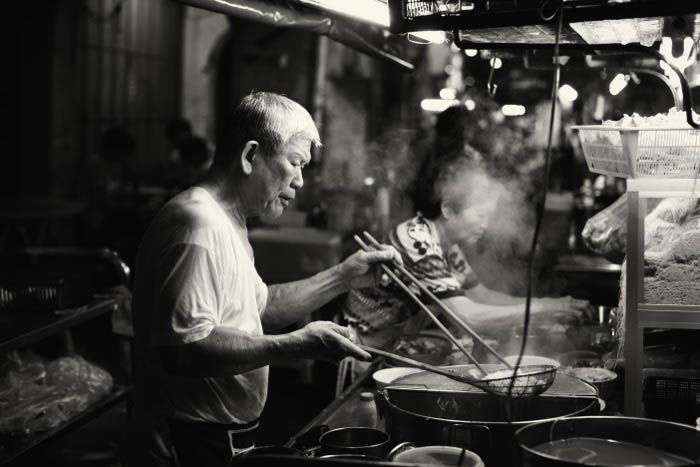
10 Creative Street Photography Project Ideas You Can Try Today
There are many ways you can take fantastic photos of the street. This you can see from the thousands of photographs published each day.
If you lack inspiration, there are no shortage of photographers to emulate. From old masters to new Instagram feeds.
When we look at the street, one of the biggest tips is to try and take a photograph that makes the area different.
Remember, the street is what people see all the time. We need to make it captivating to steal the viewer’s attention.
Let your creativity run wild. A part of you goes into every photograph. A creative photograph over a technically perfect image will win every time.
Street photography isn’t only about the street, it looks at the human condition. Fashion, portraits, and daily routines.
Researching these topics might get you to see the street in a different way. Check out these creative street photography ideas to create unique art.
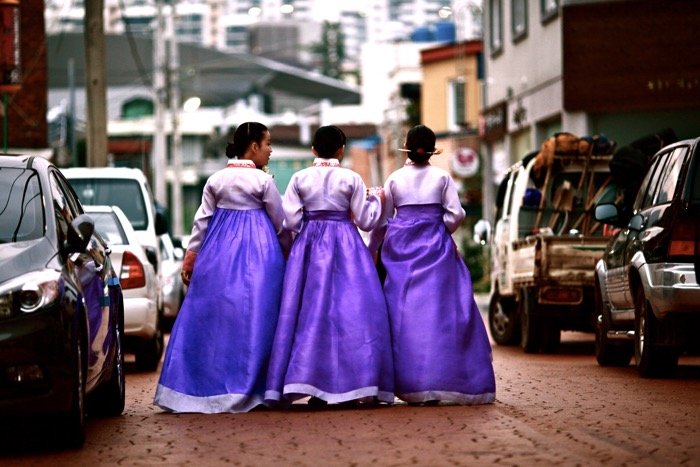
10 Tips for Better Street Photography in the Rain
Rain and other harsh weather conditions can add power to your street photography. It can turn a dull street into a sea of reflections.
These, in turn, bounce back images of the passing people and the buildings above. It adds a stunning textured effect to otherwise plain windows.
The people’s reaction is also a great theme to capture, which you might find easier than other areas. You’ll see the public will concentrate on staying dry, not you with the camera.
The weather shouldn’t stop you shooting. Grab an umbrella, take a camera you can put in harm’s way (Ricoh GR II rather than your Leica M) and get out there. Read our ten tips for shooting street photography in the rain.
9 Ways to Try Creative Reflections in Your Street Photography
Reflections in and around the street are everywhere. You can find them in shop windows. They are present in all kinds of transport, such as cars and buses.
Look at the pavement after a rainy afternoon. These are great ways to show the city bouncing towards you.
One huge benefit of these is that you can find ways to include two scenes in one. You are able to make what is almost a double exposure. You get two scenes for the price of one.
A great way to take advantage of these reflections would be a self-portrait project. Use Vivian Maier’s images as inspiration.
This article gives you an in-depth idea of what to look for and how to shoot them.
How to Use an ND Filter to Remove People from Long Exposure Shots
We get it, people can be a drag. You saved up enough money to be able to travel far enough to photograph your favourite landmark. The time has come.
Except, it is already swarming with people. These people ruin the shot, and it wouldn’t be the same with them in it. It’s no good hung on the wall now.
We have a solution for you. Use a long exposure and an ND filter to remove those waves of people. Read our article here on how to do it.
Composition
How Diagonal Lines Add Direction and Dynamics to Your Photos
Lines are a great way to help compose your images to give them that extra wow factor. Lines can draw your eye to a subject. Or take it away, out of the frame.
They can also give a sense of direction. This in itself is movement in a still image and interesting.
These lines are everywhere. If you stand under a very tall building looking up, all the lines converge. You will notice your eyes will follow them to the top.
A long street, handrail, or zebra crossing are all examples of what is available. You only have to keep your eyes open and look around.
This article gives great tips on what to look for and how they dramatize your image.
How to Use Natural Frames for Better Photo Composition
Natural frames are a great compositional tool. And a great way to frame your subject. These exist everywhere, from doorways and windows to arches and vegetation.
It is all about focusing on your subject. By framing them, you isolate and highlight what you want the viewer to focus on.
Street photography is all about photographing your surroundings. This technique helps you use the street as a tool or element in creating captivating images.
Our article gives you examples and tips of successful natural frames and how to get the best out of them.
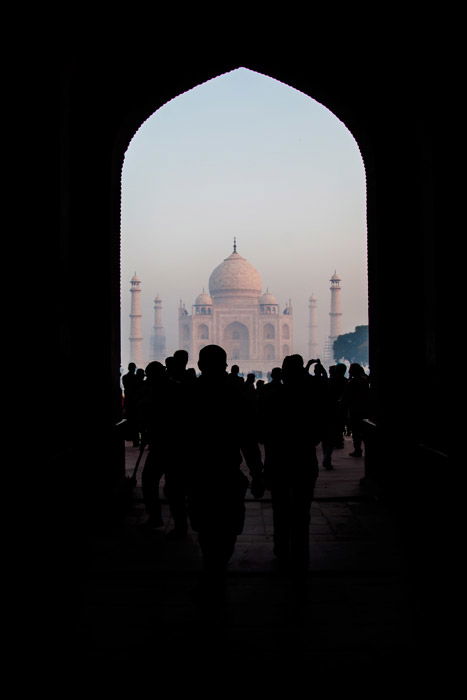
How to Shoot From The Hip
Photographing people on the street is not easy. Even when you take the courage to get close enough, the people do not react how you want.
They shy away, pose or start interacting with you. Worse, they could become confrontational or even violent.
One great tip to avoid this is to shoot-from-the-hip.
This term means to photograph without using your eyes to compose the photograph. This is a faster, sneakier way to take images, but way less accurate.
Some photographers use what is known as a TLR (Twin Lens Reflex camera). This allows you to frame by looking down into the viewfinder. The camera doesn’t go up to your eye level.
This is a great way to take candid photographs because people focus on eyes and faces. Bringing a camera to your face cuts the eye contact between you and strangers. It would be almost impossible to miss that you are photographing them.
By shooting from the hip, you end this problem. But, it’s a compromise between a candid photograph and a well-framed composition. Learn more about how to shoot from the hip from this article.
Using Juxtaposition
Using juxtaposition is a great tool in the world of picture-taking. These work very well within the theme of street photography.
The basic idea is that you place two or more contrasting objects next to each other.
This can be something physical, like light and dark areas of a scene.
They can also be something more ideological. A homeless person sleeping outside of Louis Vuitton is a juxtaposition. So are old and young people with happy and sad emotions.
The two subjects add photographic weight from their presence. They offer a balance or imbalance.
These images work because they invoke emotion or a feeling from the viewer. They show the world we live in and how life is so contrasted.
Two conflicting subjects bring out the extremes in each other. Either colour, theme or physical shape – there is no end to these ideas. Check out these 27 best examples of juxtaposition.
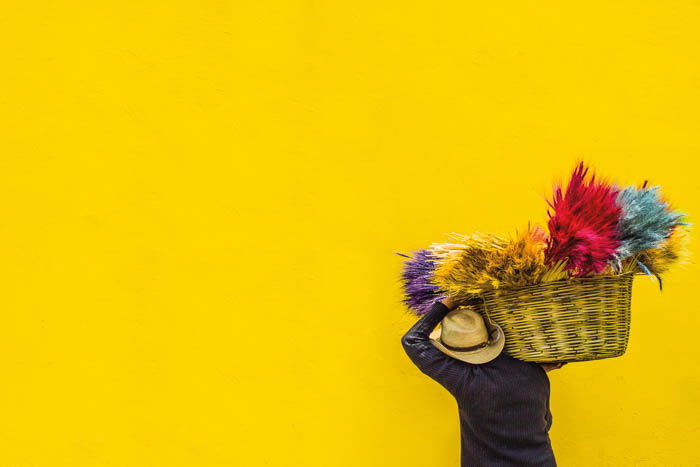
How to Use Negative Space in Photography for More Powerful Images
Negative space refers to the area that surrounds the subject or subjects in your image. The technique of using negative space effectively is about creating the right balance.
Here, you concentrate on the relationship between the subject(s) and the background. You can make the background almost feel like it is receding away.
Positive space refers to the primary subjects of a photograph. Positive and negative space can dance well together.
For more information on how to create and utilize negative space, read our article here.
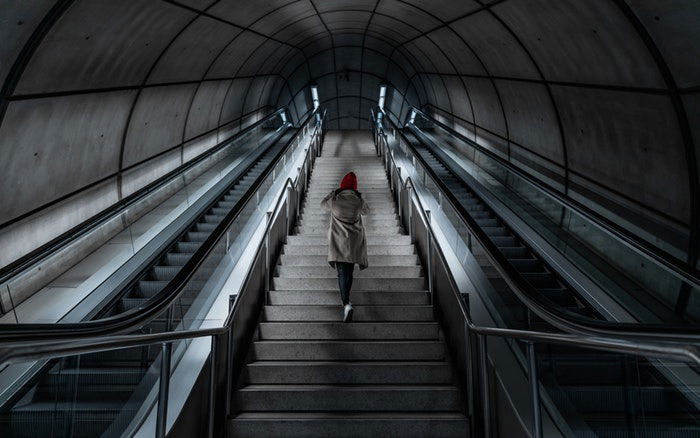
Creative Tips for Using Repetition and Pattern in Photography
Once you start looking for patterns, you’ll start seeing them everywhere. Everything has a pattern if you are close enough or far away enough to see them.
Many of the best street photographers are adept at recognizing (and often breaking) patterns. They can be both man-made and natural.
Architectural photography is an excellent genre for finding geometrically perfect patterns. Finding the patterns and showing them off is a challenge in itself.
Read our article here on how to find and capture those defining designs.
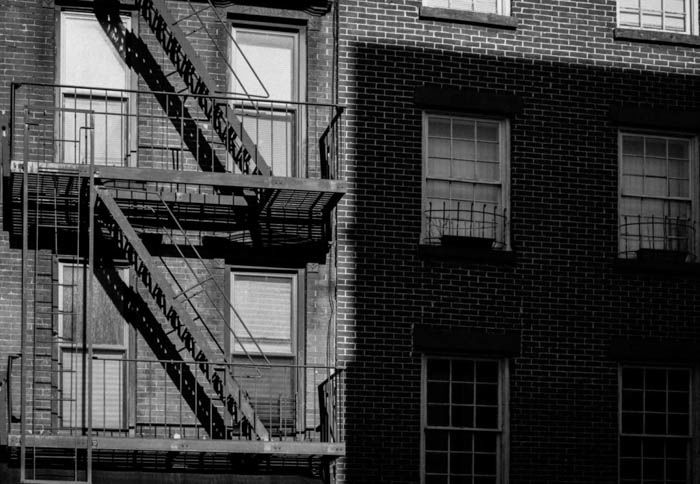
10 Composition Tips for Street Photography
We know about the main ideas of composition. Rule-of-thirds, leading lines, and contrast are the standard.
But as the street is ever-changing and very dynamic, it requires competent compositions.
Step out of the box a little. Don’t be afraid of trying something new and even going against the general compositional rules.
You might find that it works for you and your style in creating something unique.
Be bold, direct and shock people. Use lenses you are not used to. Try perspectives you haven’t tried, such as lying on the floor and shooting up.
The outcomes will surprise you. They might just be the best images you have ever taken. Check the rest of the composition tips for street photography here.
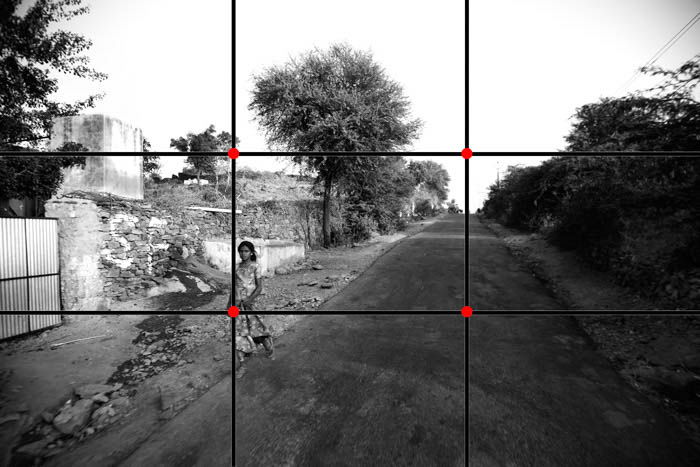
Street Photography Inspiration
15 Best Street Photography Quotes
Street photography has been a passion since the invention of the camera. 1826/27 brought us the oldest remaining image of French inventor Nicéphore Niépce. The street photography print was aptly called View from the Window at Le Gras.
Since then, many photographers have tried their hand. Some of them, masters of photography. Others are more contemporary.
One thing is certain; each one of them could say something about the field in which they captured.
To get a sense of their experiences, for better or worse, we have our top pick. 15 quotes by some of the greatest photographers await you.
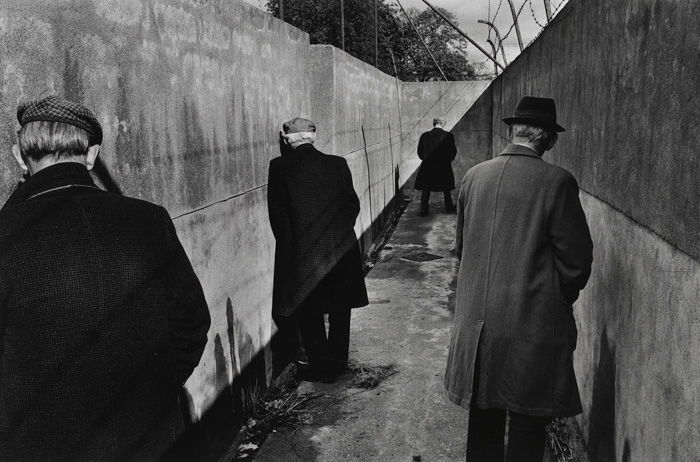
17 Most Famous Street Photographers You Should Know
Most photographers look toward the masters for inspiration. Street photography is no different.
Most of the masters of photographers captured the streets in one way or another.
I would like to say that it was a challenge to find 17 street photographers. The problem was, there were too many to choose from.
Read our article here to see our choice. You won’t be disappointed.
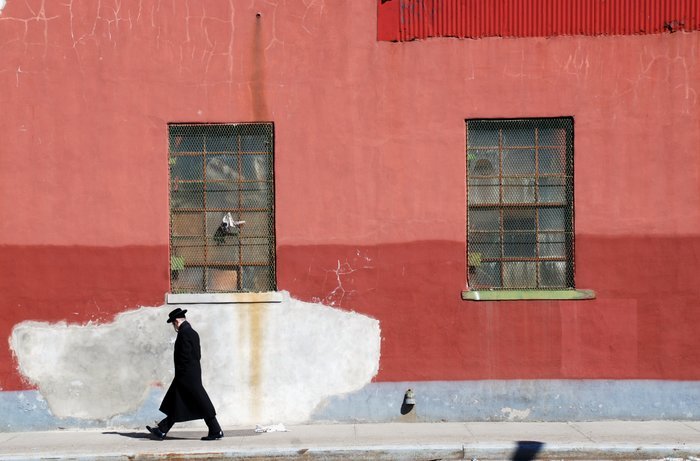
The 10 Coolest Street Style Photographers to Follow in 2021
The biggest thing that sets street photographers apart is their style. Each street shooter has a different background and aim.
Technical abilities, skills of observation and talent help to hone and separate them.
If you are a street photographer who is more interested in fashion and style, this article is for you. Here you can find the top ten street style photographers on social media today.
Have a look at their work. I guarantee you’ll take something away from it; either a name, an idea or a concept.
16 Awesome Contemporary Street Photographers to Follow in 2021
Following the masters of photography is a great place to start. But, it might not be the best place to settle in for the night.
Many of the older photographers experienced fewer people and more exotic locations.
But, they were limited to their equipment and how far they could travel. Today, we can go anywhere and photograph anything. Within reason of course.
Here, you’ll find our favourite 16 contemporary street photographers you should follow in 2021.
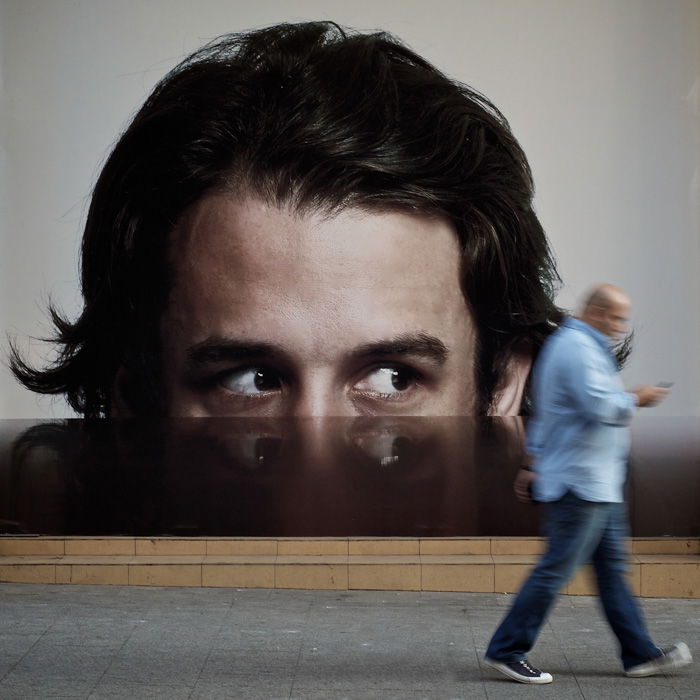
Post-Processing Street Photography
Editing Street Photography in Lightroom, All You Need to Know
Lightroom is one of the easiest ways to post-process your images. It has everything you might need, it is fast and can house many presets to do the work for you.
It also acts as a library for all the photographs you take, accessible at the click of a button.
This article helps run through the whole process from start to finish. Starting by selecting your images in the library module and ending with the finished result.
You will be very happy with your images, even after only tweaking them a little bit.

Best Lightroom Presets for Street Photography
Presets are a great addition to any photographic workflow, not only street photography. These preset manipulate your images in a quick and efficient way.
This means you can focus more on photographing and still get the best out of your work.
It is also a great advantage to have a series of works with the same look and feel, which you can do effortlessly.
This article gives shows you ten free presets and lets you know what the changes are to your images. You are in control, every step of the way.

Street Photography Laws
Street Photography – Know Your Rights
You might be photographing the street. Then turn your camera to point it at a building that seems interesting. As soon as you do, a security guard comes to tell you that you need to have permission.
Photographers in the past have seen harassment and police searches. This could be down to them photographing things others tell them they shouldn’t.
This is where knowing your rights really help you as a photographer. These laws are to help you be creative and as free as possible, but you need to know them.
Wherever you might be, there are rights and laws protecting photographers. They also aim to protect the people in public spaces.
This article links to pages looking at the rights and laws in different countries. Ranging from Australia to the USA.
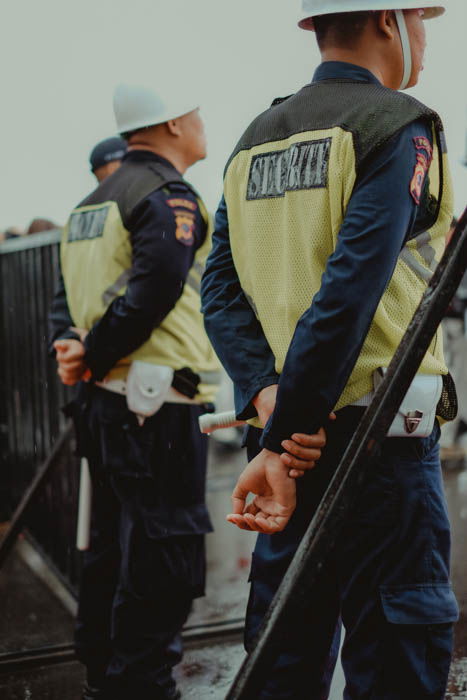
Country-Specific Consent Requirements
Every country has different laws on photography. Some are very strict, like Brazil. Here you need consent to photograph, share and use images commercially.
Others are very relaxed, such as Singapore. Here, photographic consent is not needed, apart from a few exceptions.
Use this list for a basic idea of what gets frowned upon and what is OK. In some countries, the risks are just too great.
North Korea is a good example. It is difficult to get the opportunity to photograph there. You might find yourself banned from sharing such images online.
Freedom of Panorama – What It Means for Photography
The freedom of panorama is the legal right to publish pictures of artworks which are in public space. This is an exception to copyright law and differs from country to country.
These artworks encompass sculptures, buildings, or monuments in public space, and under copyright. You are still able to photograph these without a problem.
Some countries are very strict when it comes to their artworks. A few have made it illegal to share these images on social media.
For example, you can take as many photographs of the Eiffel tower in the daytime with no problem. But at night time, it is illegal.
You can’t share images of the tower’s illumination as it is a separate installation.
Educational platforms such as Wikipedia will have images deleted if the law doesn’t change. This could affect your workflow and creativity. Check this article to learn more.
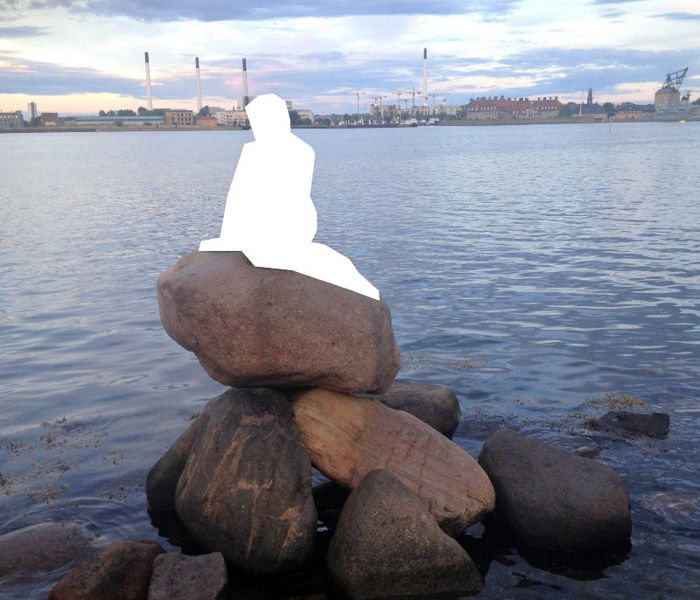
Street photography is a fantastic mixture of urban, portrait, architecture, landscape and documentary photography. You can choose to focus on one aspect. But it is even better to try yourself in different fields.
-----------------------------------------------------------------------------------------------
PHOTOGRAPHY FREEBIE:
How to make money with your Photography even if you're not a Pro.
Copy & paste this link into your browser, click ENTER, and enjoy:
https://mrdarrylt.blogspot.com/2020/01/how-to-make-500-month-from-your.html
_______________________________________________________________
Kick Covid 19s' butt Tee shirt

Kick Covid 19's butt! Classic Tee Shirt

